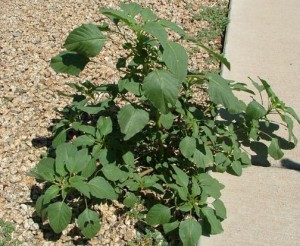In part two of Viramontes’ Under the Feet of Jesus Alejo gets directly sprayed with pesticides while in the height of a tree, picking it’s ripe fruits. After this contact with the pesticide or insecticide, Alejo explains how he feels as though he cannot breath right after the spray of the poison gets on him. Extreme pain envelops over Alejo’s body as the poison gets onto his pores. For the next few weeks Alejo gets no better, although some days are better than others.
After reading about Alejo’s conditions not getting any better in part three, I wanted to do a little research on pesticides, and what kind of effects they have on the human body, when in contact with one another. I found out that there is three categorizes to pesticide poisoning. Mild, moderate, and severe. Alejo had all the symptoms of the severe pesticide poisoning, with symptoms including any:
- inability to breathe
- chemical burns on skin
- respiratory distress
- loss of reflexes
- uncontrollable muscle twitching
- unconsciousness
- convulsions

